Obvious evidence against the theoretically inferred existence of gravitational black holes, are visibly thin vast line of sight aligned intergalactic filaments, spanning hundreds of millions of light years, and intersecting inside the cores of galaxies. The sculpture wall of galaxies has an aligned filament, seen by Tatao Fang, connecting to the center of a galaxy, that he calls a black hole. Halton Arp discovered and cataloged the unusual galaxy NGC2623 or Arp 243. NGC 2623 or Arp 243 is supposed to be the result of a late stage galaxy merger, where the centers of both galaxies have already merged into one larger new galaxy center. If this happened the galaxy would have been entirely blown apart by two supermassive black holes colliding.
If gravitational black holes were real, there would be evidence of extremely massive black holes colliding. There is no evidence of any black holes colliding nor merging in the universe.
The Aaron Evans team at Hubble that studied NGC 2623 say "stretching out from the center are two tidal tails of young stars, a strong indicator that a merger has taken place." These so called "tidal tails" did not form by two black holes merging together into a brand new gravitational singularity. They are intergalactic plasma filaments connecting together galaxies where stars form like beads on strings. Cosmic filaments have phony gravitational dark matter attachment components. In numerous photos of unusual galaxies taken by famous astronomer Halton Arp, it is clear that the theoretical "tidal tail" are actually vast cosmic filaments that can extend hundreds of millions of light years and connect with distant galaxies. There is one vast aligned cosmic filament bridge of stars, and not two or more tidal gravity tails. The tidal tail theory associated with the big-bang cosmology is as foolish as chasing real tails in science.
Stars and galaxies form like beads on strings inside filaments. Filaments are not tidal tails.
Sheer lunacy gravity tidal tails  |
| the Violin Clef galaxy merger clearly shows one filament forming stars connecting 3 galaxies |
Atlas of peculiar galaxies with nearby filaments

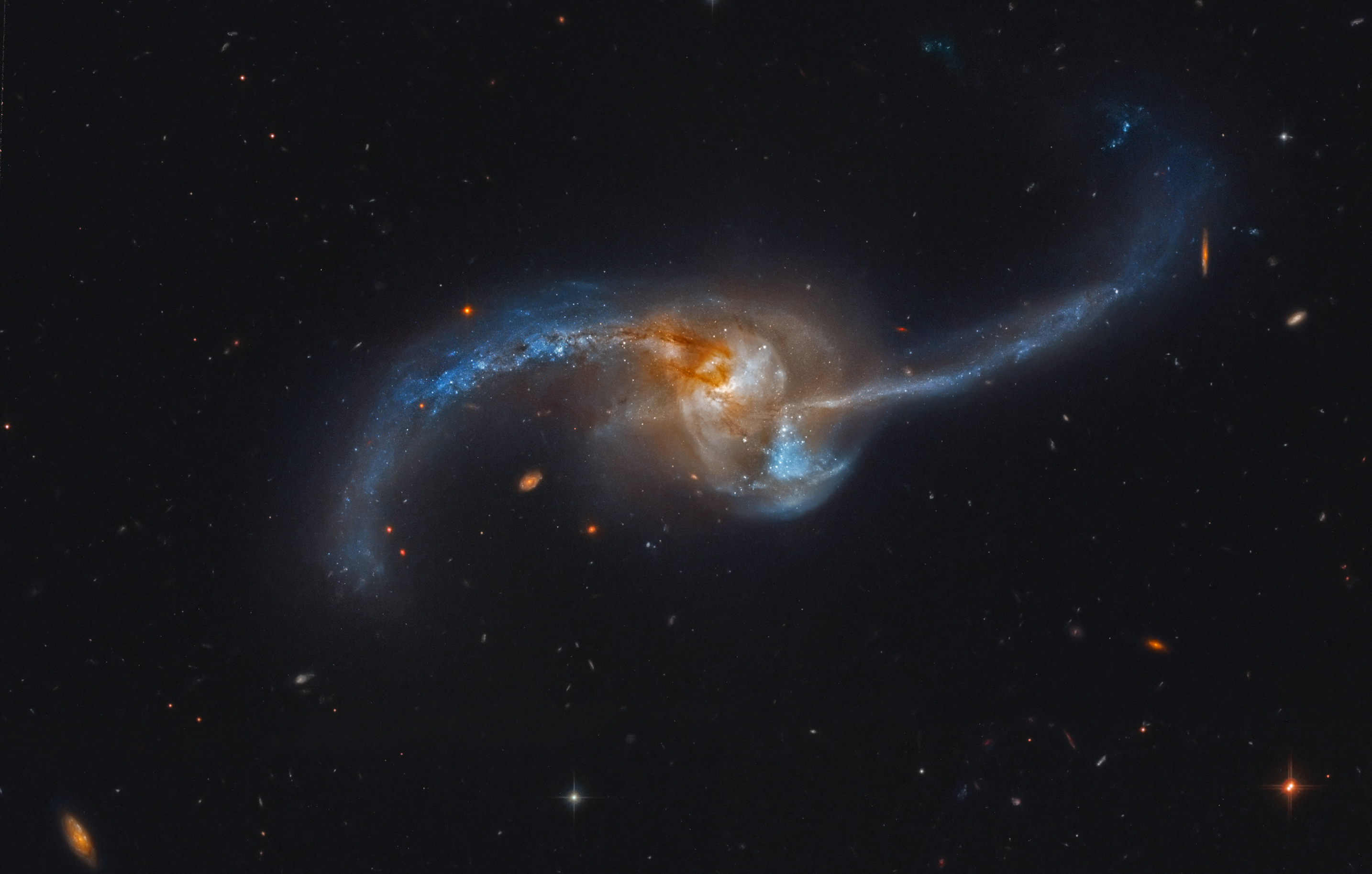

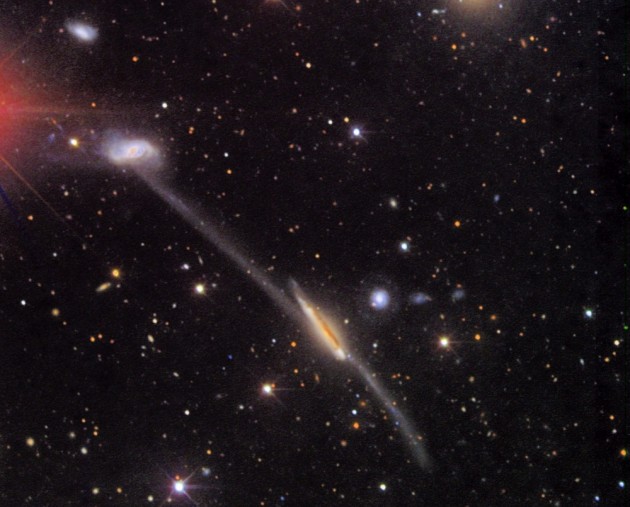
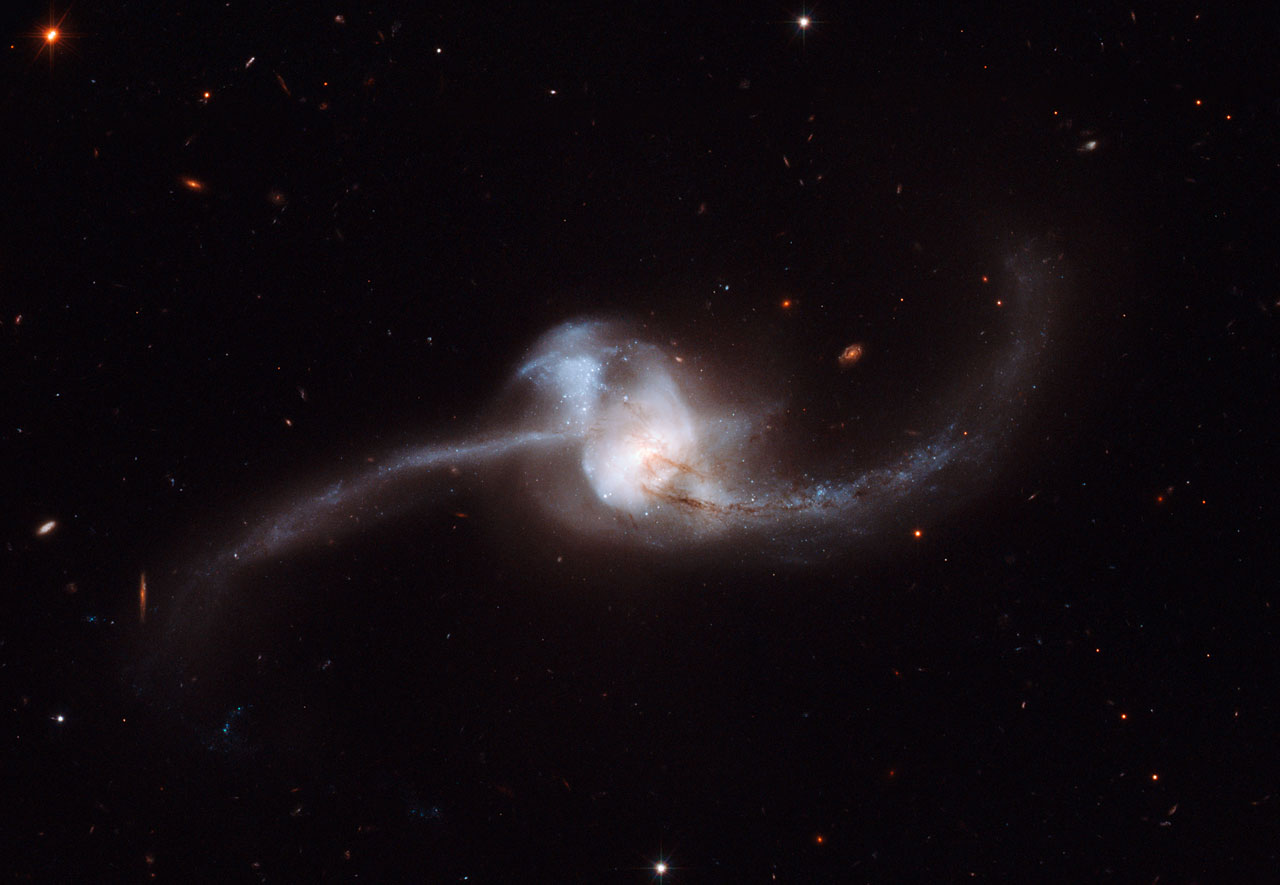
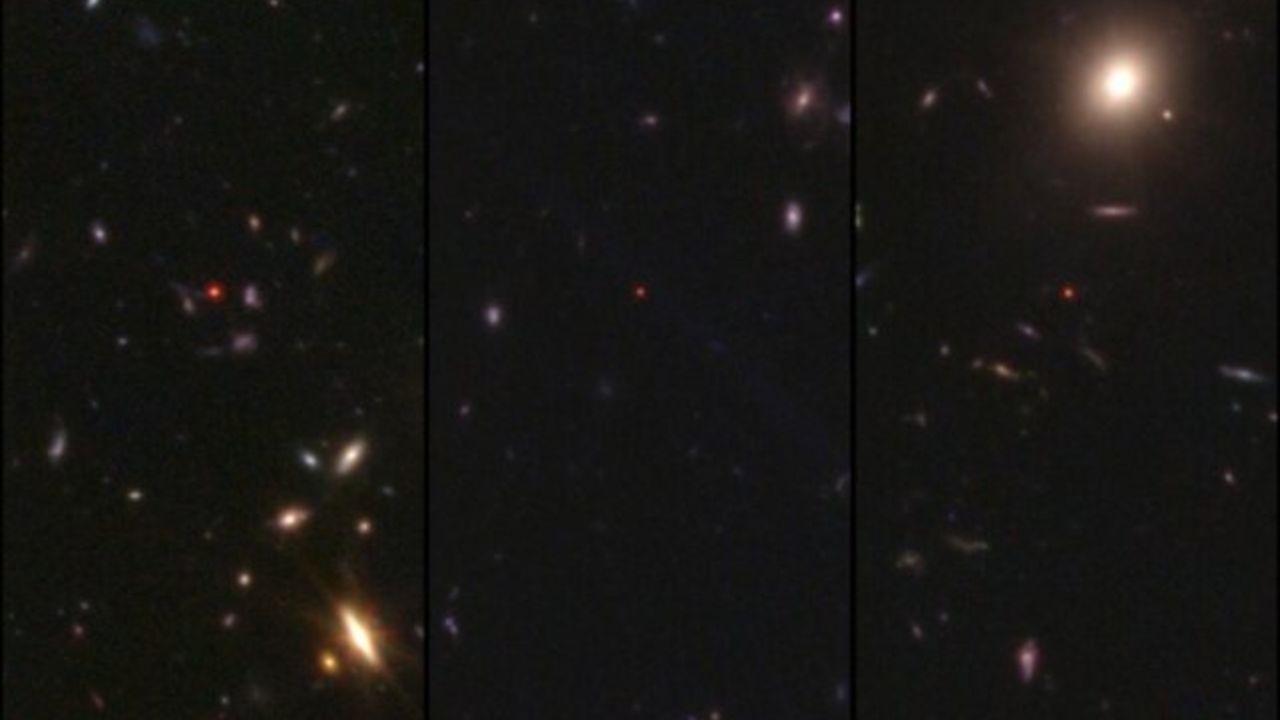




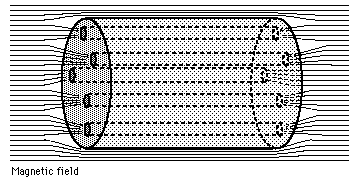
No comments:
Post a Comment